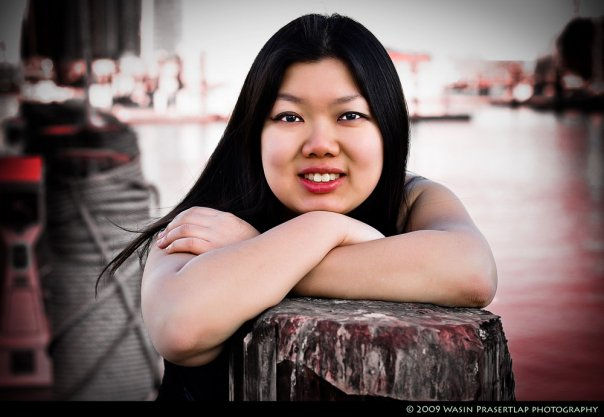SSO 2014/2015: Benjamin Grosvenor Plays Liszt
- albertlwj7
- Apr 14, 2015
- 2 min read

BENJAMIN GROSVENOR PLAYS LISZT
SINGAPORE SYMPHONY ORCHESTRA
OKKO KAMU, CONDUCTOR
BENJAMIN GROSVENOR, PIANO
VICTORIA CONCERT HALL/LAST FRIDAY
This review was published in The Straits Times on 12 April 2015 with the title "Scoring with hawker centre chaos"
Much has been made over the years about the lack of support shown by the Singapore Symphony Orchestra towards local musicians. Whether the criticisms were warranted, they deserve credit for attempting to dispel that negative notion, as this season’s programme sees several commissioned works by Singaporean composers and more Singaporean soloists than before.

Young composer Emily Koh’s (pictured right) compositions may come across as inaccessible to the general audience, with her unorthodox and atonal writing often leading to confusion. Yet her latest work, Jia[k], could very well be one of the masterpieces of the 21st century.
Aiming to depict the chaos and sensory overload one experiences in our famed hawker centres, her scoring called for inventive ways to create layers of sound by pushing the boundaries of traditional technique on the various instruments. The opening muted trumpets creating a buzzing effect which produced a disturbingly nervous energy when paired with the pizzicato violins. Her audacity in writing an entire passage featuring just the double bass section stemmed from her training as a bass player, but who would have thought they were capable of such virtuosic and clearly sustained solos?
Principal conductor Okko Kamu is the antithesis of the modern conductor, who seem more interested in being watched than heard. This consummate artist does not need fancy baton technique to get his point across, and on this night the orchestra responded with aplomb.
The sensitivity and seriousness shown by the musicians in Bartok’s Divertimento for String Orchestra from the opening bars carried the angular lines with a sense of beauty and purpose. While Bartok does not directly quote Hungarian folksongs, the influence was strikingly apparent in the vitality of the dance rhythm and changing meter.
The influence of Hungarian folksongs also feature prominently in the works of Franz Liszt. Though his Piano Concerto No. 2 was less outwardly flashy than the first, it contained moments of pure harmonic and melodic awe.
While British pianist Benjamin Grosvenor is Kamu’s junior by decades, their temperament and musical instincts were exotically similar. His technical prowess is without peer, as reflected by the ease in which the torrential octaves and arpeggios were tossed off, but it was his inner sensibility and ability to craft breathing lines out of printed notes that underlines his standing as one of the great musicians of our generation.
Even in taking the march in the finale at break-neck speed, the music was never permitted to veer into vulgarity although it could have used just a dose of flamboyance to better effect.
Schubert described his Symphony No. 4, nicknamed ‘Tragic’, as “death, the grave, and eternal rest,” which Kamu delivered with dramatic conviction. The theatrical energy whipped up in the opening movement were at odds with the youthfulness of the work, and the uncertainty of the symphony showed more glimpses of hope than death. Eliciting a darkness of tone from the strings throughout, Kamu really goes for broke and ratchets as much tragic intensity as possible.
Comments